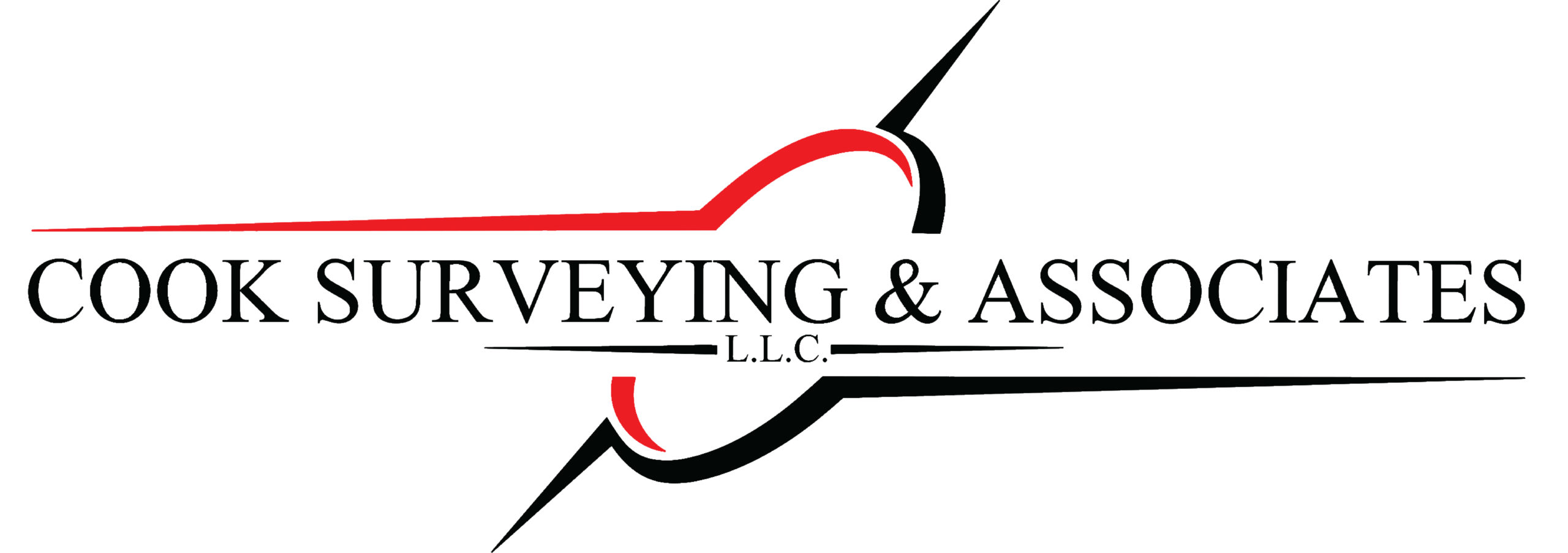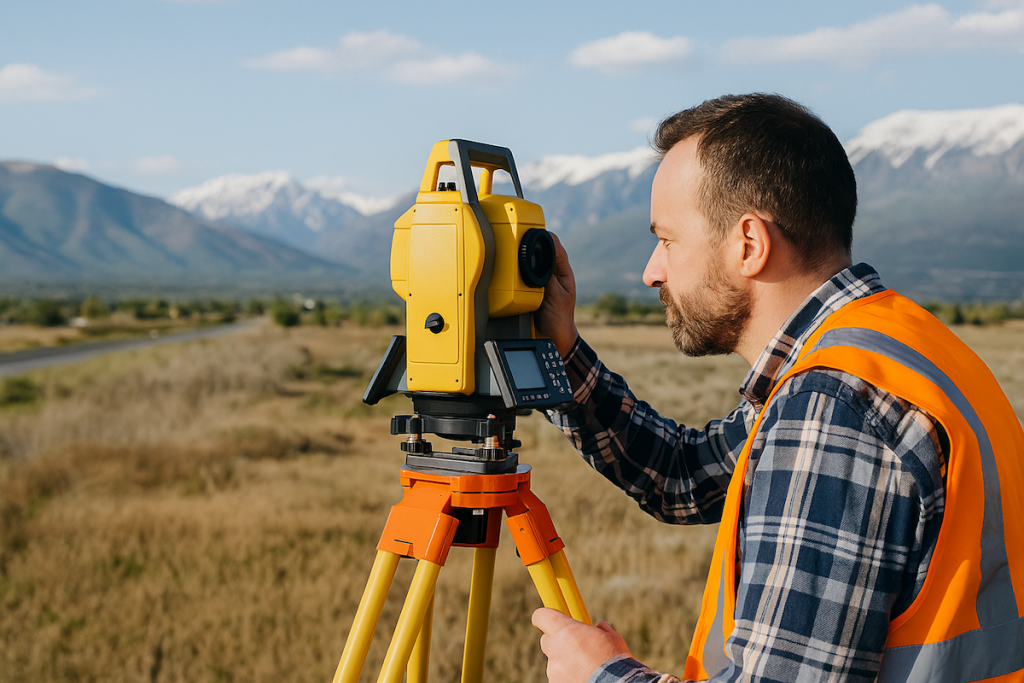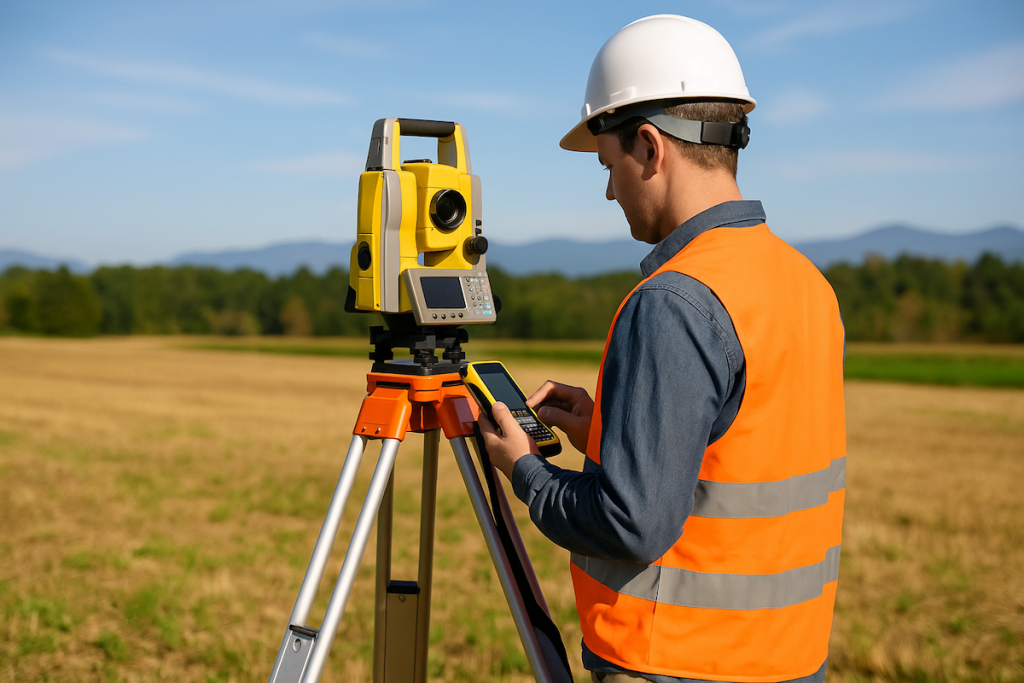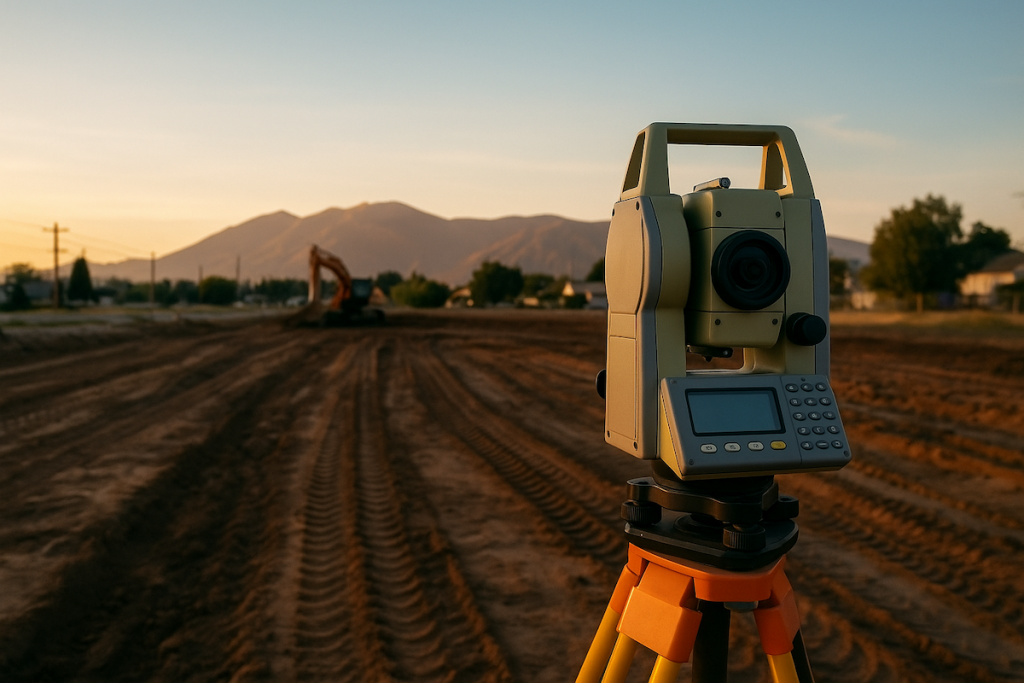Hydrographic surveying, an essential branch of surveying, focuses on measuring and mapping aquatic environments. This process is vital for a variety of maritime and environmental purposes. At Cook Surveying, we’ve been involved in numerous projects that showcase the diverse applications of hydrographic surveying. In this article, we’ll explore multiple examples of how hydrographic surveying is used in real-world scenarios, illustrating its importance and versatility.
Understanding Hydrographic Surveying
Essential for Nautical Navigation
Hydrographic surveying plays a pivotal role in ensuring safe nautical navigation. It involves the detailed mapping of water bodies, including the seafloor and shoreline, to provide critical data for creating nautical charts. These charts are indispensable for mariners, guiding them safely through waters and avoiding potential hazards.
Environmental Monitoring and Protection
Another crucial application is environmental monitoring. Hydrographic surveys help assess the health of aquatic ecosystems, track changes in underwater environments, and aid in conservation efforts. For insights into environmental surveying techniques, NOAA’s National Ocean Service is an excellent resource.
Real-World Examples of Hydrographic Surveying
Harbor and Port Maintenance
One common example is the surveying of harbors and ports. These surveys ensure that channels and berths are deep enough for safe passage of ships, avoiding groundings and collisions. They are also used for planning and executing dredging operations, which are essential for maintaining navigable waterways.
Underwater Pipeline and Cable Routing
In the modern world, underwater pipelines and cables are crucial for communications and energy transmission. Hydrographic surveying aids in the planning and installation of these structures, ensuring they are laid out in a manner that avoids environmental damage and navigational hazards.
Flood Risk Assessment
In areas prone to flooding, hydrographic surveys are used to create flood models and assess risk. They provide invaluable data for urban planning and the development of flood defense systems, protecting communities and ecosystems. For more on flood risk management, FEMA’s Flood Map Service Center offers detailed insights.
Maritime Archaeology
Hydrographic surveying also finds its application in maritime archaeology. It helps locate and study submerged archaeological sites, shipwrecks, and historic artifacts, contributing to our understanding of human history and maritime heritage.
Hydroelectric Power Plant Construction
For the construction of hydroelectric power plants, detailed hydrographic surveys of rivers and reservoirs are essential. These surveys determine the best locations for dams and assess the potential environmental impact, ensuring sustainable energy development.
Beach Erosion and Coastal Management
Coastal areas suffering from erosion benefit from hydrographic surveys. They provide data to develop coastal management strategies, helping to mitigate erosion and restore beaches. Cook Surveying’s involvement in such projects can be explored further on our services page.
Conclusion: Hydrographic surveying examples
Hydrographic surveying is a versatile and essential tool that plays a critical role in a wide range of applications – from ensuring safe maritime navigation to aiding in environmental conservation. Its applications are diverse, reflecting the dynamic nature of our water bodies and the need to understand and protect them. Cook Surveying is proud to contribute to this field, utilizing our expertise to deliver accurate and reliable hydrographic survey data for various crucial projects.




